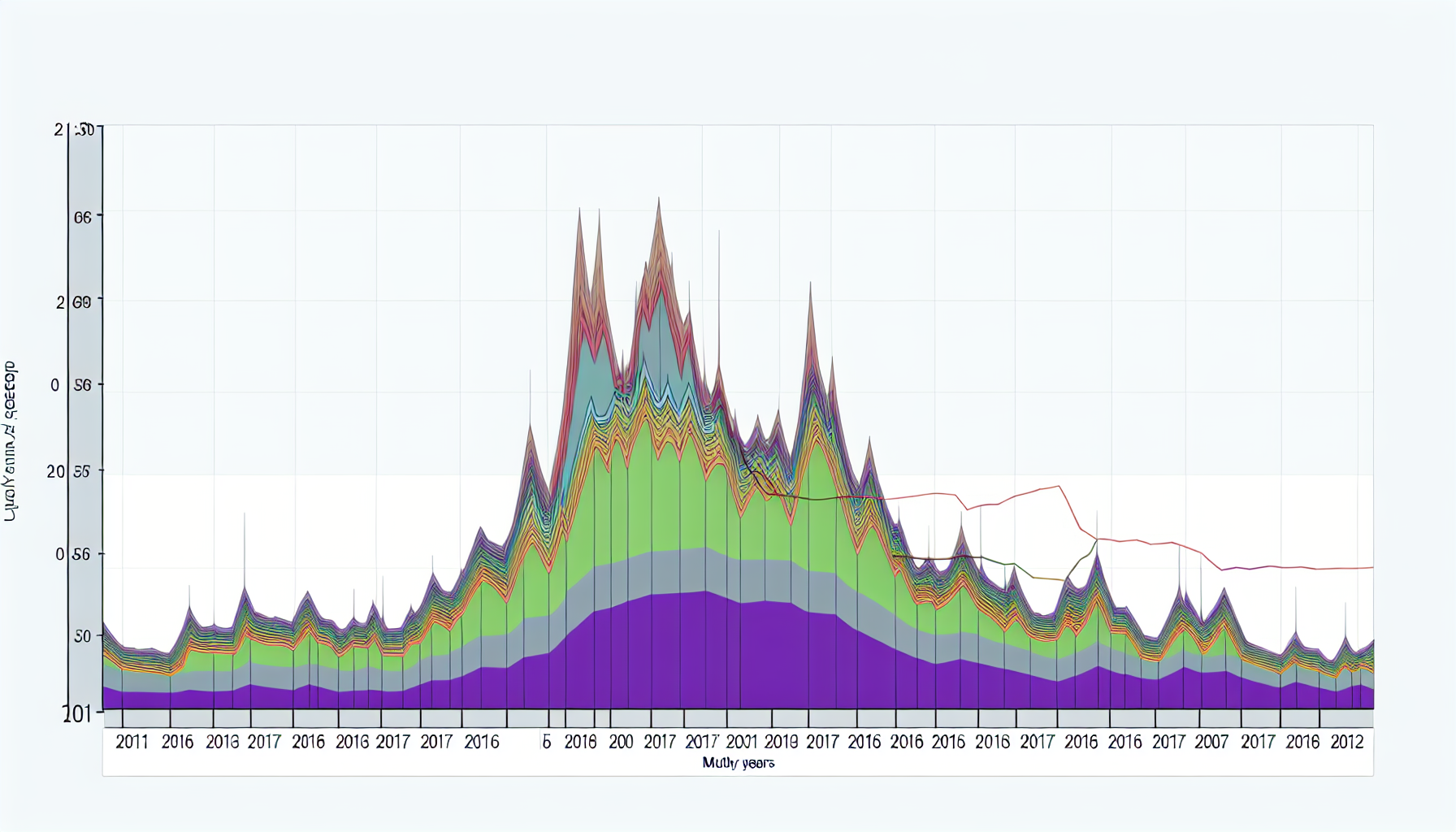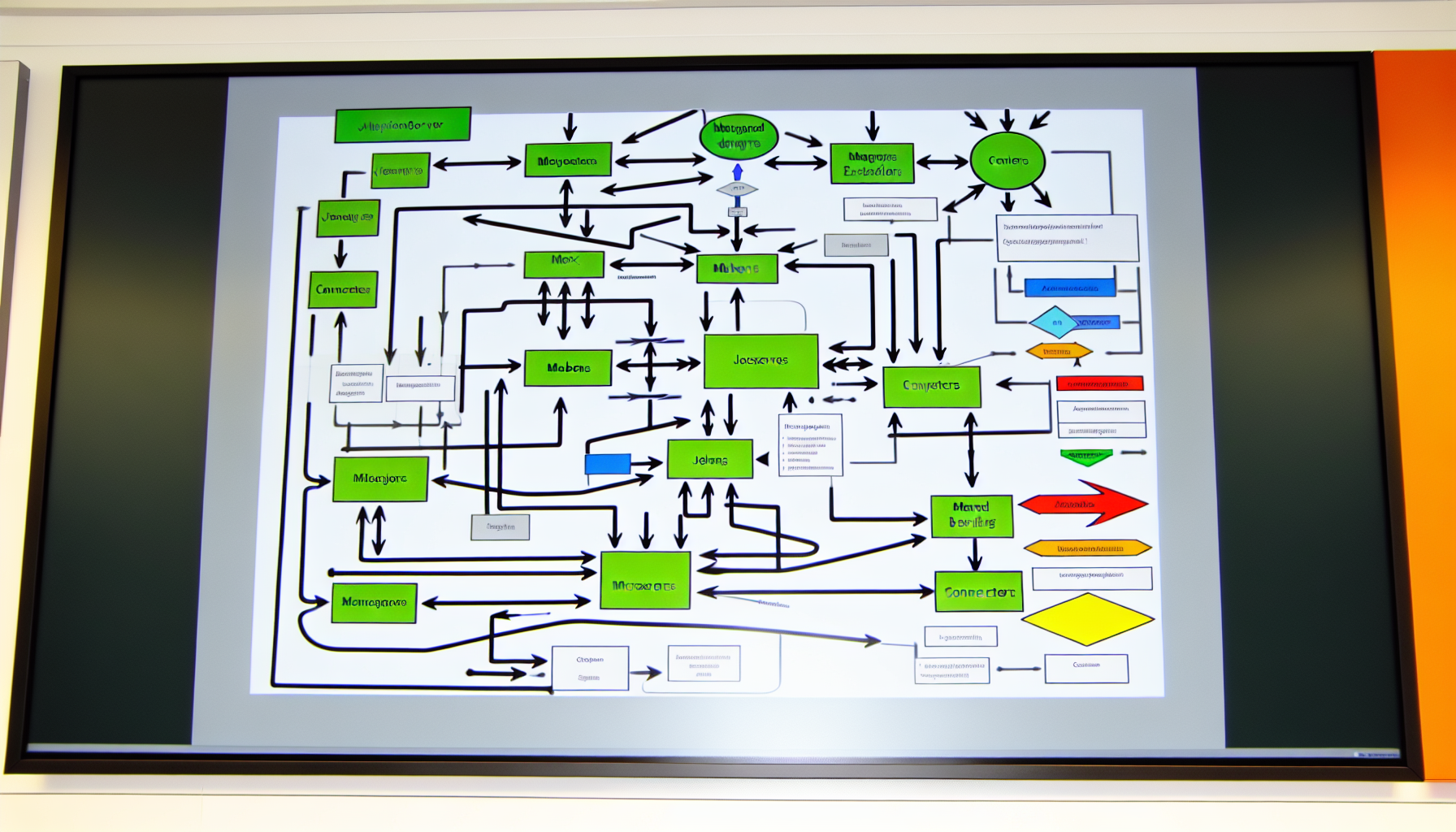Embracing the Future of Java Monitoring with JMX in 2024
Welcome to Bee Techy’s deep dive into the evolving world of Java application monitoring. As a premier software development agency in Los Angeles, we’re at the forefront of leveraging cutting-edge technologies to deliver unparalleled service and insight. In this blog post, we’ll explore how Java Management Extensions (JMX) are revolutionizing debugging techniques, enhancing microservices, and ensuring robust security for Java applications in 2024.
Evolution of JMX Debugging Techniques in 2024: Embracing Modern Java Application Monitoring
The landscape of Java application monitoring is continuously evolving, and with the advent of 2024, JMX debugging techniques have become more sophisticated than ever. JMX provides a standardized way to manage and monitor Java applications, offering invaluable insights into system performance and behavior.
“The core of the JMX Agent is the MBeanServer interface – which is used for MBean manipulation,” highlights a Stackify article. This interface serves as a pivotal element in the JMX framework, allowing developers to register, access, and manage MBeans effectively. These MBeans are the key components that provide a window into the application’s operations, enabling real-time monitoring and management.
As we progress through 2024, the integration of JMX with modern application development practices is becoming increasingly significant. The ability to dynamically adjust logging levels, tweak configurations, and gather metrics on-the-fly is indispensable for maintaining high-performance Java applications, especially in the bustling tech hub of Los Angeles.

JMX Microservices Best Practices: Achieving Granularity in Distributed Systems
Microservices have taken center stage in the development of scalable and resilient applications. JMX plays a critical role in managing these distributed systems by providing granular control and visibility into each microservice’s performance.
Adhering to JMX microservices best practices involves designing MBeans that accurately represent the functionality of individual services. This enables developers to monitor and manage these services in isolation, which is crucial for pinpointing issues and optimizing performance.
By implementing JMX in microservices, teams can ensure that their systems are not only performant but also maintainable and scalable. This approach aligns perfectly with the dynamic and distributed nature of modern software architectures, particularly in the context of Java application monitoring in Los Angeles, where systems must be agile and responsive to the demands of a competitive market.

Java Observability Tools 2024: Integrating JMX for Proactive Performance Management
In the realm of Java observability tools, 2024 has seen significant advancements with the integration of JMX for proactive performance management. Observability extends beyond traditional monitoring by providing deeper insights into the internal state of systems through rich telemetry data.
According to eG Innovations, “Java Management Extensions (JMX) is a Java technology that includes tools for managing and monitoring system objects, and service-oriented networks.” This comprehensive approach to monitoring with JMX is instrumental in achieving the level of observability required for modern Java applications.
By leveraging JMX within observability tools, developers gain the ability to preemptively identify and address potential performance bottlenecks before they escalate into critical issues. This proactive stance on performance management is essential for maintaining the high standards expected from applications developed in the tech-savvy environment of Los Angeles.
JMX Security Considerations: Safeguarding Your Monitoring Endpoints in 2024
While JMX provides powerful capabilities for monitoring and managing Java applications, it also introduces potential security risks if not properly secured. As we navigate through 2024, it’s crucial to consider JMX security implications to protect monitoring endpoints against unauthorized access.
A piece by CODE WHITE warns, “Even though exploitation of JMX is generally well understood and comprehensively researched, apparently no one had looked into the aspects described here…” This statement underscores the importance of staying vigilant and up-to-date with the latest security practices to safeguard JMX implementations.
Implementing strong authentication and authorization mechanisms, securing network communication with TLS, and limiting exposure of JMX endpoints are just a few of the measures that should be taken to fortify Java applications against security threats. In the context of Los Angeles’ vibrant tech industry, where security is of paramount importance, these considerations are not just recommendations—they’re necessities.
Case Studies: The Impact of JMX on Debugging High-Performance Java Applications in Los Angeles
The proof of JMX’s effectiveness in debugging and monitoring high-performance Java applications is evident in the numerous case studies emerging from Los Angeles’ tech scene. These real-world examples demonstrate how JMX can be harnessed to deliver tangible improvements in application reliability and performance.
Oracle Technical Resources provide insight into the benefits of using JMX: “Using JMX technology to manage applications and services increases their value to vendors and clients by making applications configurable, and maintainable.” This sentiment is echoed across multiple case studies where JMX has been instrumental in transforming the management of complex Java applications.
Furthermore, understanding the practical application of JMX is crucial for developers. DevOps School elaborates on this, covering critical topics such as “How to Register an Application to MBean Server?” and “What is JConsole?” These foundational concepts are key to leveraging JMX effectively and are particularly relevant for the high-stakes environment of software development in Los Angeles.
As we continue to explore the depths of JMX and its impact on Java application development, we invite you to reach out to us for a deeper conversation. Whether you’re looking to implement JMX in your existing systems or seeking guidance on best practices, contact us for a quote, and let’s elevate your Java applications to the next level.
